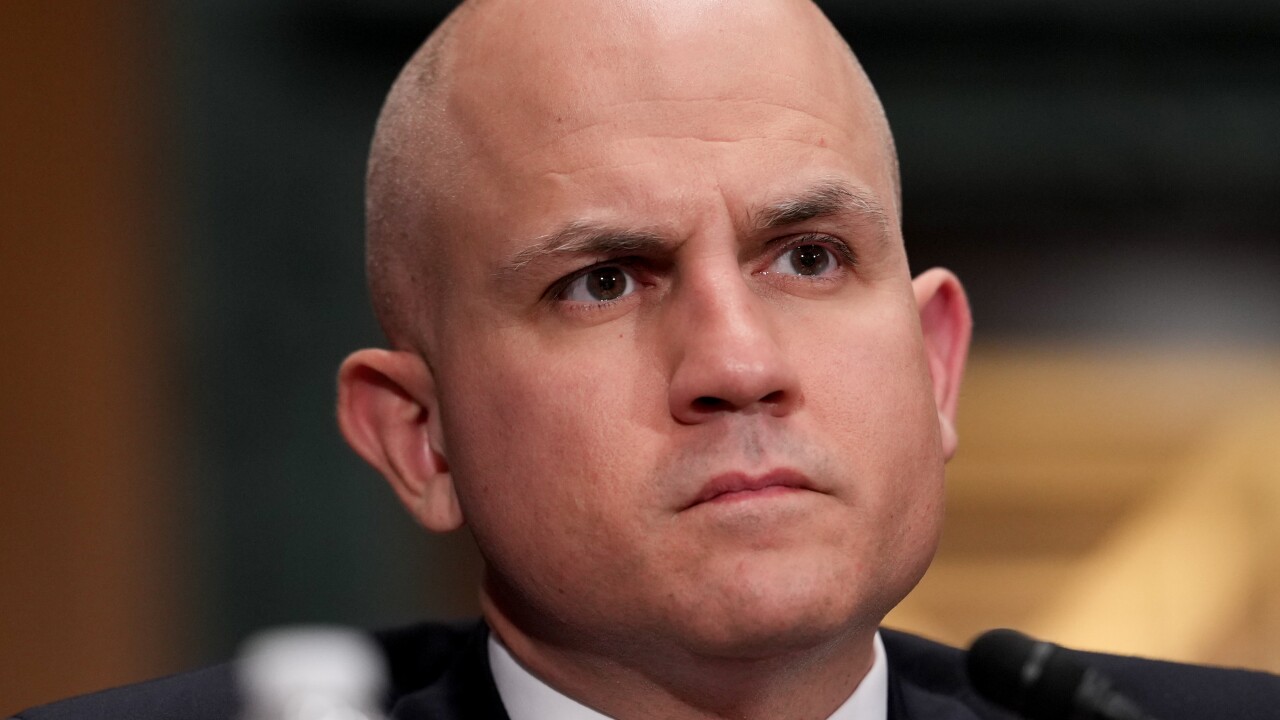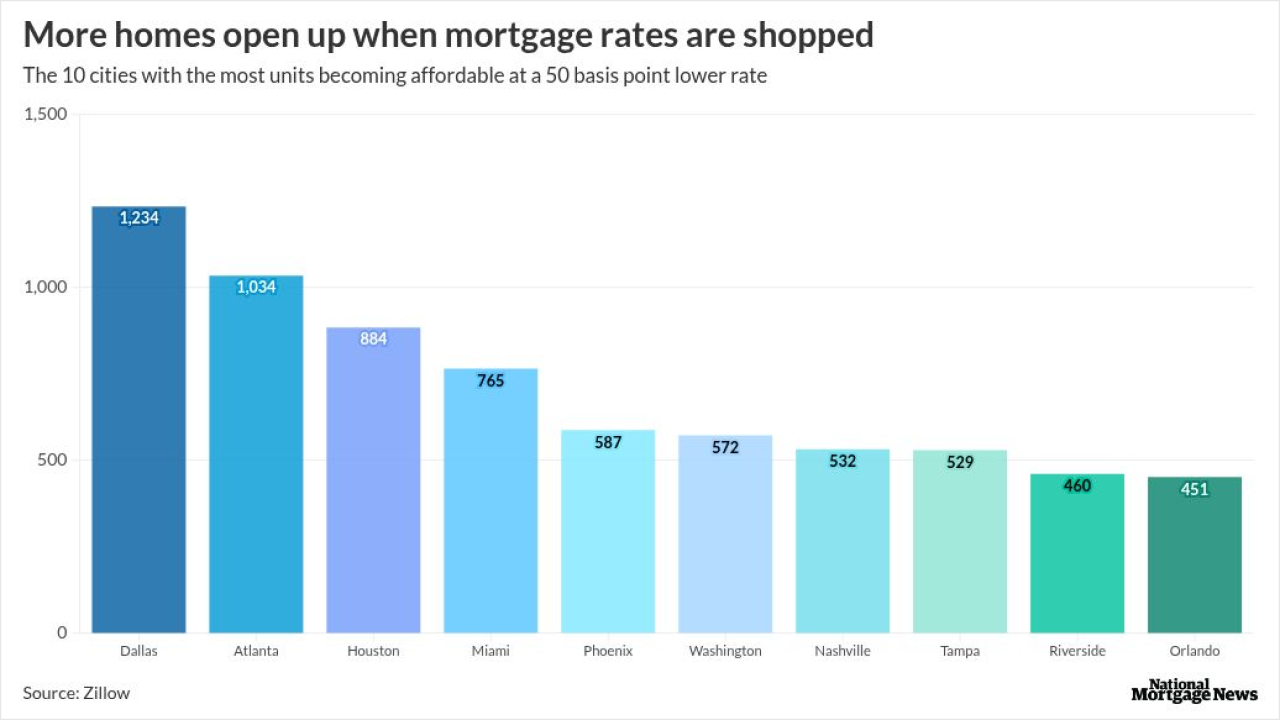By Allissa Kline, Jon Prior and Kevin Wack
The squeeze on banks to generate revenue in a low interest rate environment got considerably tighter Tuesday when the Federal Reserve — in response to potential economic fallout from the spread of the novel coronavirus in the United States — announced the first emergency rate cut since the financial crisis.
As if on cue, lenders such as JPMorgan Chase and M&T Bank immediately announced cuts to their prime rates. By late afternoon, at least four others — Bank of America, Wells Fargo, Truist Financial and Regions Financial — made similar cuts.
The situation is a good news/bad news deal for banks, depending on which side of the balance sheet is at play. Banks with low deposit growth could struggle as margins get compressed, while those with strong mortgage banking businesses could thrive as consumers look to refinance and take out new loans.
“There will be an impact, but the question is, to what degree?” said Christopher Marinac, director of research at Janney Montgomery Scott. “Will lower rates spur more demand? Some people say no because we’re possibly heading into a recession and some people say that’s what the Fed is trying to avoid" by lowering the rate. " … I think to some extent we’re in a wait-and-see mode.”

The Fed’s decision to reduce its benchmark interest rate by half a percentage point is the latest response to mounting fear that the spread of COVID-19 will force an economic slowdown in the United States. Last week, as the first cases of the virus were reported in this country, all three stock indexes fell into correction territory and the Dow Jones industrial average logged its worst week since 2008. Supply-chain disruptions, decreased demand for goods and services and an overall slowdown in growth were among investors’ chief concerns.
Banks were not entirely caught off guard by Tuesday’s move. The day before, JPMorgan, the largest bank in the country, revised its GDP outlook on the expectation that the Fed would ease rates by 50 basis points at or before the central bank’s March 17-18 meeting, and then take another 25-basis-point cut in April.
Stephen Varckette, president and CEO of the $427 million-asset Andover Bank in Ohio, said that he was not surprised by the Fed's move, but that he had thought the board would wait until its next meeting to lower rates.
"We’re anticipating another 25 basis points [cut] at some point in the near future," Varckette said Tuesday. "We have been preparing for lower long-term rates for some time now."
Leo D’Acierno, a senior adviser at the strategy and marketing consulting firm Simon-Kucher & Partners, said that bankers breathed a collective sigh of relief after the Fed put rate cuts on pause late last year.
According to D’Acierno, he and a colleague spoke to seven large and regional banks in late 2019 about their readiness for a scenario in which interest rates fell to, or close to, zero. Only two had plans in place.
“I think the industry was banking on an event like this not happening,” D’Acierno said. “And now it’s shown up on our doorstep.”
Betty Cowell, also of Simon-Kucher, said banks with low cost of funds and low deposit growth will be especially challenged. She mentioned Regions in Birmingham, Ala., Comerica Bank in Dallas and Commerce Bancorp in Kansas City, Mo., as examples.
“Those banks have less powder to take their rates down, so they could potentially see a squeeze here,” Cowell said.
A spokeswoman for Regions said the company is not publicly commenting on the Fed's rate cut. But Treasurer M. Deron Smithy described at an investor conference last week a rate-hedging strategy that the bank put in place three years ago to handle variability in interest rates.
“It does give us nice protection,” Smithy said. “Clearly, this low-rate environment is not conducive to anything we're hoping to do in terms of trying to grow revenue, but certainly these hedges help us to stabilize revenue and give us a more firm foundation from which to grow."
Bankers said Tuesday they are having to make quick adjustments.
Synovus Financial in Columbus, Ga., had already been allowing high-cost deposits to leave the bank in favor of other wholesale deposits, and eventually core deposits from its organic growth, that can be reset more quickly if interest rates fall, Chief Operating Officer Kevin Blair said Tuesday at an industry conference hosted by Raymond James.
The $48.2 billion-asset bank is also launching an efficiency program that could help it add $100 million in pretax income.
But when the bank began finalizing those plans in September, it expected interest rates to remain flat, the economy to continue to grow at a normal pace and credit quality to remain stable, Blair said.
“Things have happened in the last two weeks that have put our baseline forecast at risk, whether it’s the less favorable interest rate environment with the 50 basis points today or it’s the coronavirus and what it would do to our economy if it’s a sustained impact,” Blair said.
At the same conference, Zions Bancorp. Chief Financial Officer Paul Burdiss said the $69 billion-asset bank has some room to move its deposit rates lower. Zions is another regional bank with a relatively low cost of funds, which limits its ability to offset diminished income from interest on loans.
More than 40% of the Salt Lake City bank’s deposits do not pay interest.
“Just today, we are actively working on our deposit pricing,” Burdiss told investors.
He acknowledged that 2020 will be “fairly difficult” for Zions compared with the last couple of years.
Zions also said Tuesday that it may employ swaps and take other steps to hedge its interest rate risk.
The impact of the Fed’s rate cut on other banks will likely become clearer in coming weeks, Marinac said. He said he is watching for “company commentary” about how they will respond.
“A lot of companies we’ve spoken to in the past two or four weeks say their loan pipelines are strong and they expect to have positive loan growth this quarter, so we presume banks still have healthy balance sheets,” Marinac said. “This is an unusual time, so we’ll see.”
Another important thing to watch will be whether banks start to feel any pressure from regulators to provide borrowers some slack during this volatile economic period, Steve Moss, an analyst for B. Riley FBR, wrote in a note Tuesday.
“I do not believe the Fed is leaning on lenders to give forbearances, at least not yet,” Moss wrote. “I suspect, however, if we do see meaningful disruptions for travel or energy, banks will provide some form of forbearance on the expectation things rebound and that a client is much more valuable as a going concern."
Ken McCarthy contributed to this article.





